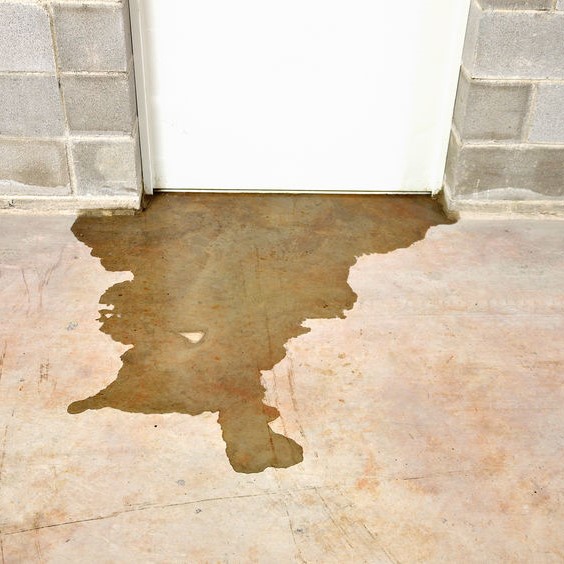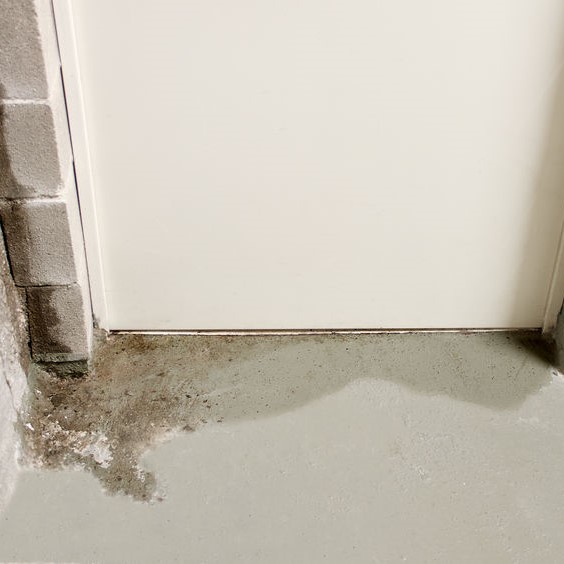
Why is backflow prevention important?
Backflow is when contaminated, polluted, or untreated water unintentionally flows in a reverse direction. This isn’t dangerous until there is a cross connection with clean, safe water, which is why a backflow prevention is necessary. Backflow water comes from an end user and flows back into a public water distribution system, a business, or a home’s water supply. There are two different types of backflow:
- Back-pressure is when the downstream water pressure closer to an end user, becomes greater than the inflow of water. This can be caused by a malfunctioning water heater, boiler, or elevated storage tank.
- Back-siphonage happens when the water pressure drops upstream of a cross-connection. This can be caused a water main break, a fire hydrant opened, etc.
The importance of backflow prevention explained as it is a safety catch that keeps contaminants out of the clean, safe, treated water. Contaminants such as bacteria, gases, heavy metals, microorganisms, noxious chemicals and other pollutants and substance that can be dangerous to humans. A proper working backflow prevention system is key in keeping these dangerous and unwanted things from the public potable water system.
A backflow prevention certification is required by the federal government of every state, and each state has jurisdiction of the cities, towns, and other water supply entities. This certification is to prove that the governing entity has tested and passed all minimum requirements in protecting the public potable water supply from contamination or pollution possibilities with proper backflow prevention equipment and methods. They have done this by isolating actual and potential cross-connections from the public potable water supply system caused by back-pressure or back-siphonage backflow.
Why do I need a backflow device?
The irrigation system on your property is a vital in the health of your lawn, however, things can go wrong with plumbing, like a backflow. That backflow will contaminate the water that is coming into your home unless there is a backflow preventer irrigation system installed.
Not every city or local governing body has backflow preventers require in their building codes for businesses and homes. However, it is recommended by irrigation and plumbing professionals to have one installed even if it isn’t required. If you aren’t sure your home or business is equipped with a backflow preventer, a professional irrigation contractor cand inspect your plumbing system to locate one or install one if there isn’t a backflow preventer present.
What are four types of backflow prevention devices?
There are two main types of backflow preventers. The Backflow Prevention Device that stops the reversal of flow of water in a plumbing system, which once installed, testing is not possible. The Backflow Prevention Assemblies that contains all the necessary shutoffs and valves testing. Within the Backflow Prevention Assemblies, there are four different types:
- Pressure Vacuum Breakers: The PVB assembly is the most common backflow preventers and is designed in an intuitive and straightforward manner that is economical and easy use, maintain and repair.
- Spill-Resistant Vacuum Breakers: The PVB described above does tend to lea water. This model of backflow preventer is spill proof, ideal for installing indoor.
- Double Check Valves: The DCVA is a common backflow prevention choice and is good for indoor and outdoor uses, commonly either installed in-line for underground.
- Reduced Pressure Principle Backflow Assembly: The RP backflow prevention assembly is dependable and the safest on the market, with a higher price than the others. It needs to be installed by a professional that is backflow prevention certified and a routine maintenance inspection is recommended.
What happens if backflow occurs?
Backflow contaminates clean water, a necessity for today’s lifestyles. With modern plumbing we have today, sanitation is better and waste removal keeps our world healthier and has assisted in the ratification of several diseases. Unfortunately, there are still possible backflow issues, which is why backflow preventers are important. They keep our clean water safe from contaminated water and wastewater.

Can a backflow preventer cause low water pressure?
Yes, a backflow preventer is one of the most common causes of low water pressure complaints among homeowners, especially in with their sprinklers. This is caused by the valve not being opened fully.
Backflow preventers have a horizontal and a vertical pipe, each with a handle that that turns. The handles should be even with the line or across it to open the valve. For the valve to be fully open, the handles need to be parallel to the pipe. Even a partial turned valve can restrict water flow, causing low water pressure for the sprinkler system.
Will a backflow preventer check valve suffice for backflow prevention? A check valve is designed to safeguard substance in a pipe flows in one direction and automatically closes against unwanted reverse flow.
A check valve is used in a wide several applications like protecting filters, pumps, and other equipment from backflow damage. They stop a fire sprinkler system from draining with any elevation change, they provide pressure relief in applications with liquid or pneumatic fills, and more. Call 800-330-7686 today for your backflow testing and prevention needs in Fort Pierce and Port St. Lucie, Fl.

